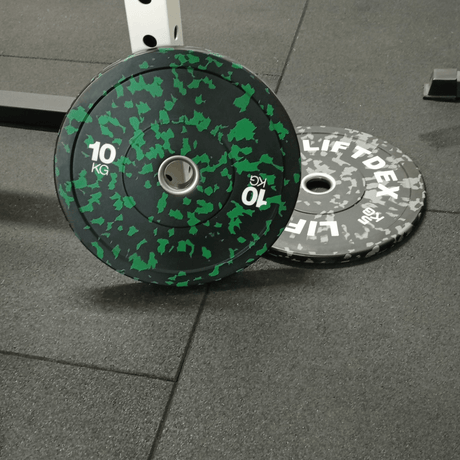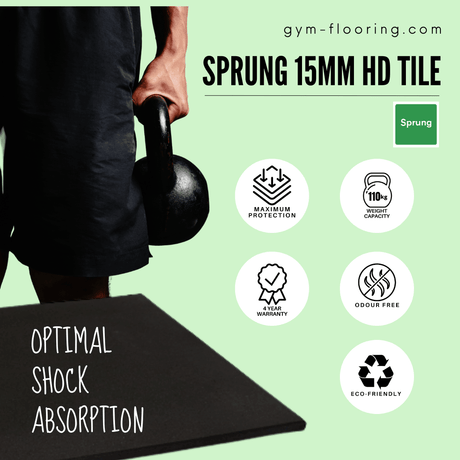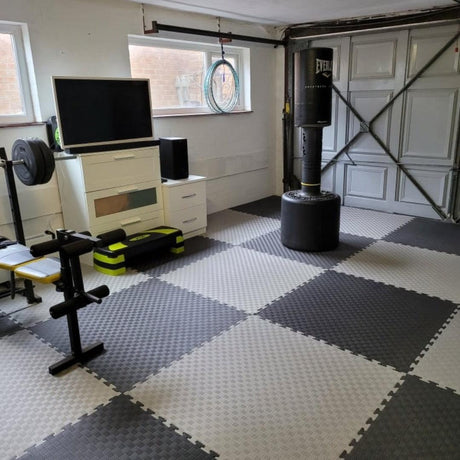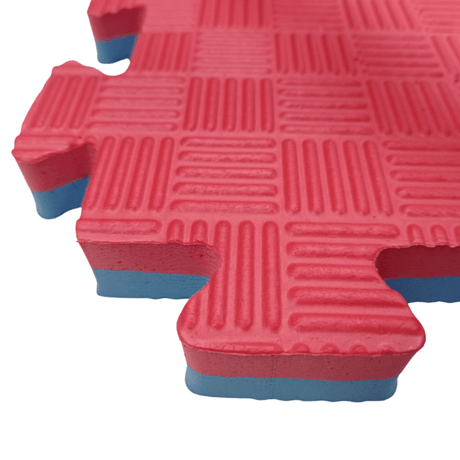The Best Workout Routines and Training Plans for Every Fitness Goal (2024)
Whether you're training to lift Atlas stones, run a marathon, or simply improve your core strength, a targeted workout plan is the key to reaching your fitness goal. Here’s a breakdown of the best workout routines and essential training tips for five common fitness goals. Let's dive in.
Compete in an Event

Training Focus: Strength, Endurance, Functional Fitness
For those aiming to compete in high-intensity functional events like Hyrox, CrossFit competitions, or Strongman, a versatile workout plan is essential. These events demand strength, power, and endurance, as well as mental resilience.
Weekly Structure:
- Strength Days (2-3 times per week): Focus on compound movements like deadlifts, squats, presses, and pulls. This builds a strong foundation. Aim for sets of 3-5 reps with heavier weights.
- Conditioning Days (2 times per week): Use workouts involving sled pulls, sled pushes, kettlebell swings, or heavy carries. Strongman-style circuits are great for combining endurance with strength.
- Functional Endurance (1-2 times per week): For events like Hyrox, which includes endurance runs mixed with exercises, interval training is essential. Try 1-2 longer cardio sessions (40-60 minutes) or high-intensity interval training (HIIT).
Top Tips:
- Emphasise Recovery: These workouts are tough on your body. Ensure 1-2 rest days per week, and consider active recovery methods like foam rolling or swimming.
- Simulate the Event Environment: Practising under similar conditions to your event (indoors, with equipment, with others) can help you adapt mentally and physically.
For specific Strongman routines, check out Starting Strongman, which provides resources and programmes.
2. Run a Marathon

Training Focus: Cardio Endurance, Pacing, Stamina
Marathon training requires patience and a progressive build-up of miles. Consistency in training and a structured weekly plan can make the journey manageable and enjoyable.
Weekly Structure:
- Long Run (1 time per week): Every week, increase your long run distance slightly to build endurance. For example, start with 8-10 km and add 1-2 km each week.
- Speed Work (1 time per week): Incorporate intervals or tempo runs to improve pace. Try 6-8 intervals of 400m or 800m at a fast pace, with 1-2 minutes of rest.
- Steady Runs (2-3 times per week): These are shorter, comfortable-paced runs. They’re crucial for maintaining weekly mileage without straining your body.
Top Tips:
- Invest in Good Running Shoes: Comfortable, durable shoes are essential. Proper footwear will help reduce the risk of injuries as you increase your mileage.
- Track Your Progress: Use apps like Strava or Nike Run Club to monitor your distance, pace, and improvement over time.
You can follow the Hal Higdon Marathon Training Plan, a popular beginner-friendly programme with different intensity levels.
3. Build Muscle

Training Focus: Hypertrophy, Progressive Overload, Recovery
Building muscle is a goal that combines a strategic workout plan with a diet supporting muscle growth. This involves strength training with a focus on moderate to high reps.
Weekly Structure:
- Weight Training (4-5 times per week): Aim to train each muscle group twice a week for optimal muscle growth. Use a split like push/pull/legs or upper/lower body.
- Reps & Sets: Generally, 3-4 sets of 8-12 reps is the “sweet spot” for hypertrophy (muscle growth). Focus on compound movements but include isolation exercises (e.g., bicep curls, tricep extensions) for muscle definition.
- Progressive Overload: Increase weight, reps, or volume gradually. This keeps muscles challenged and ensures consistent progress.
Top Tips:
- Prioritise Protein Intake: Consuming about 1.6-2.2 grams of protein per kilogram of body weight daily supports muscle recovery and growth.
- Sleep & Recovery: Muscles grow during recovery, so aim for 7-9 hours of quality sleep each night.
For a comprehensive, beginner-friendly programme, the StrongLifts 5x5 plan is a great start. It focuses on core strength with an emphasis on compound lifts, which are key for muscle growth.
4. Lose Body Fat

Training Focus: Caloric Deficit, Cardio, Resistance Training
Losing body fat revolves around a combination of strength training, cardio, and maintaining a caloric deficit. Cardio alone isn’t enough—weight training is essential for preserving muscle while shedding fat.
Weekly Structure:
- Strength Training (3-4 times per week): Use a full-body approach, aiming for compound movements like squats, deadlifts, bench presses, and rows. This maintains muscle mass while burning calories.
- Cardio (2-3 times per week): Mix low-intensity steady state (LISS) cardio, like walking or cycling, with high-intensity interval training (HIIT) for a balanced approach to fat loss.
- Active Recovery (1-2 times per week): Incorporate activities like walking, stretching, or yoga to stay active and aid recovery.
Top Tips:
- Caloric Deficit: Track your daily calorie intake using apps like MyFitnessPal or Lose It! and aim to eat 200-500 fewer calories than your maintenance level.
- Stay Consistent, Not Extreme: Avoid drastic calorie cuts, as these can lead to muscle loss and fatigue. Consistency and patience are key.
For tailored programmes, check out Bodybuilding.com’s range of fat-loss-focused plans that combine cardio and resistance training.
5. Improve Balance

Training Focus: Core Stability, Flexibility, Functional Movement
Improving balance is essential for anyone wanting to enhance their coordination and functional strength, especially helpful for older adults or those recovering from injuries. Balance training enhances stability, mobility, and proprioception.
Weekly Structure:
- Balance Drills (2-3 times per week): Practice exercises like single-leg deadlifts, standing on one leg, or using balance boards.
- Core Work (2-3 times per week): A strong core is fundamental to good balance. Incorporate exercises like planks, Russian twists, and bird dogs.
- Flexibility Training (2-3 times per week): Incorporate yoga or pilates to enhance flexibility and control.
Top Tips:
- Mind-Muscle Connection: Focus on the muscles working during each movement. For example, consciously engage your core in all balance exercises.
- Add Progressions: Increase the difficulty by closing your eyes, using unstable surfaces, or adding light weights.
Try Yoga with Adriene on YouTube, where you can find yoga flows focused on balance and core stability.
Final Tips for All Fitness Goals
- Track Your Progress: Whether through photos, weight tracking, or performance metrics, tracking helps you stay motivated and adjust your plan as needed.
- Stay Consistent: No programme will work if it isn’t followed consistently. Choose a plan that suits your schedule and preferences.
- Mind Your Nutrition: Fitness results are achieved in both the gym and the kitchen. Fuel yourself with balanced meals for the best results.
- Listen to Your Body: Rest when needed to avoid injuries and burnout.
Whatever your fitness goal, choosing a structured workout plan is your foundation to success. Find the right fit, stay disciplined, and remember—progress isn’t always fast, but it’s always worth it.




















